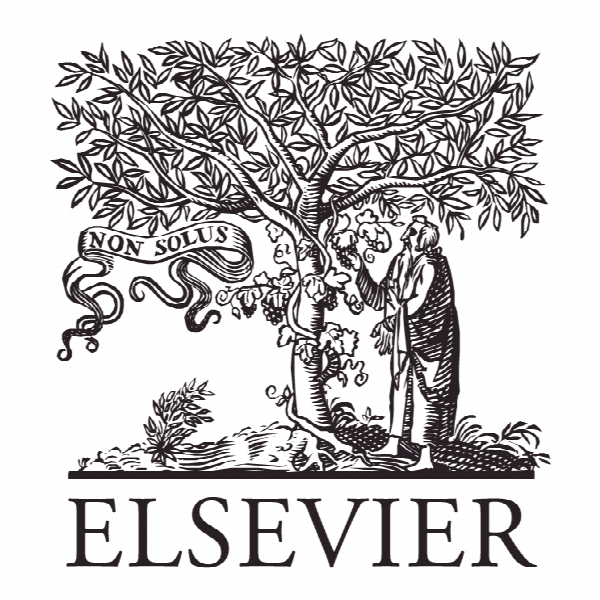تلاش های استاندارد سازی: رابطه بین ابعاد دانش، فرایندهای جستجو و نتایج نوآوری Standardization efforts: The relationship between knowledge dimensions, search processes and innovation outcomes
- نوع فایل : کتاب
- زبان : انگلیسی
- ناشر : Elsevier
- چاپ و سال / کشور: 2017
توضیحات
رشته های مرتبط مدیریت و مهندسی صنایع
گرایش های مرتبط تکنولوژی صنعتی
مجله تکنولوژی – Technovation
دانشگاه دانشکده مدیریت ساختمان و املاک و مستغلات، مرکز تحقیقات بین المللی محیط زیست پایدار، Chongqing، چین
نشریه نشریه الزویر
گرایش های مرتبط تکنولوژی صنعتی
مجله تکنولوژی – Technovation
دانشگاه دانشکده مدیریت ساختمان و املاک و مستغلات، مرکز تحقیقات بین المللی محیط زیست پایدار، Chongqing، چین
نشریه نشریه الزویر
Description
1. Introduction This paper focuses on how a firm’s standardization efforts impact its knowledge search processes, and the resulting innovation outcomes. Standardization is the process of developing and implementing specifications based on the consensus of the views of firms, users, interest groups and governments (Sherif, 2006; Saltzman et al., 2008). The resulting standards are intended to promote compatibility, interoperability and quality. An early example of standardization is the regulation of the sizes of the threads that we find on nuts, bolts and screws, which was achieved by the development of a screw-cutting lathe that could repeatedly produce these products to specific standards with universal applications. iversal applications. Standards can be developed and governed by Standards Development Organizations (SDO) or independently, for example, by firms who have a first mover or dominant position in the market (Utterback, 1996). When a firm pursues a standard to produce an innovation outcome, this what we call a ‘standardization effort’. More specifically, a standardization effort is when a firm pursues a leadership role in developing standards to further innovation. For example, Google followed a standardization effort when acquiring and developing the innovations for its mobile operating system, Android (Grøtnes, 2009). Scholars have argued that standardization has a significant impact on the creation and diffusion of innovations (Dolfsma and Seo, 2013; Grøtnes, 2009; Lecocq and Demil, 2006; Tassey, 2000; Wrighta et al., 2012). However, prior research on the relationship between standardization and innovation remains inconsistent. For example, some studies have proposed a positive relationship (Rysman and Simcoe, 2008), where standardization fosters the diffusion of innovation (Hashem and Tann, 2007) and changes industrial structures (Lecocq and Demil, 2006), whereas others have argued that it constrains innovation, by inhibiting creativity (Hamel, 2006) and postponing the gestation period between invention and successful commercialization (Hill and Rothaermel, 2003). A number of studies have noted this unclear relationship between innovation and standardization (Gilson et al., 2005; Kano, 2000; Wrighta et al., 2012; Yoo et al., 2005). In one case, Damanpour (1991) argues that standardization can establish managerial control when implementing innovation in a manufacturing context, but it might also constrain the producer– client relationship in a service context. Given such inconsistencies, better understanding the inter-play and relationship between standardization and innovation is an important research opportunity.


